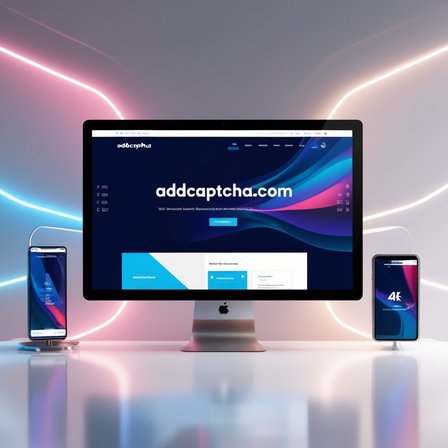The World of Funny CAPTCHAs
Introduction
CAPTCHAs, or Completely Automated Public Turing tests to tell Computers and Humans Apart, have become an integral part of internet security. Designed to differentiate between human users and bots, CAPTCHAs often present challenges that only humans can solve, such as recognizing distorted text, identifying objects in images, or completing puzzles. While their primary purpose is security, some CAPTCHAs have gained attention for their humorous and entertaining qualities. This article delves into the world of funny CAPTCHAs, exploring their origins, types, and the reasons behind their popularity.
The Evolution of CAPTCHAs
CAPTCHAs have evolved significantly since their inception in the early 2000s. Initially, they were simple text-based challenges, asking users to transcribe distorted letters and numbers. As bots became more sophisticated, CAPTCHAs needed to become more complex. This led to the development of image-based CAPTCHAs, audio CAPTCHAs, and interactive puzzles. Amidst these advancements, a subset of CAPTCHAs emerged that aimed not only to verify humanity but also to amuse users.
Types of Funny CAPTCHAs
Humorous Text-Based CAPTCHAs
Text-based CAPTCHAs often involve transcribing distorted or obscured characters. Some creators have added a twist by incorporating humorous phrases or playful distortions. For instance, a CAPTCHA might ask users to type "grumpy cat" or "dancing unicorn," adding a touch of whimsy to the otherwise mundane task.
Witty Image CAPTCHAs
Image-based CAPTCHAs have become a popular choice for many websites. These CAPTCHAs might ask users to select all the pictures containing a specific object, such as cars or traffic lights. Funny image CAPTCHAs take this concept further by using quirky or unexpected images. Users might be asked to identify pictures of celebrities making funny faces, animals wearing costumes, or surreal scenes that challenge their perception.
Interactive and Puzzle CAPTCHAs
Interactive CAPTCHAs require users to complete a task, such as dragging a slider to match an image or solving a simple puzzle. Funny interactive CAPTCHAs can include tasks like dressing up a virtual character, completing a humorous mini-game, or arranging comical objects in a specific order.
Why Funny CAPTCHAs Work
Engagement and User Experience
One of the primary reasons funny CAPTCHAs are effective is that they enhance user engagement. Traditional CAPTCHAs can be frustrating and monotonous, leading to a negative user experience. Funny CAPTCHAs, on the other hand, can elicit a smile or a chuckle, making the process more enjoyable. This positive experience can increase user satisfaction and encourage repeat visits to the website.
Memorability and Branding
Funny CAPTCHAs can also serve as a branding tool. A memorable CAPTCHA can leave a lasting impression on users, associating the brand with a sense of humor and creativity. For example, a CAPTCHA featuring a well-known mascot or character can reinforce brand identity and make the site stand out from competitors.
Examples of Funny CAPTCHAs
The "Are You a Robot?" Meme
One of the most iconic funny CAPTCHAs involves the question "Are you a robot?" followed by a checkbox. This simple yet humorous CAPTCHA has become a meme, with users sharing screenshots and creating variations. Its straightforwardness and absurdity highlight the contrast between human cognition and automated processes.
The "Prove You're Not a Robot" Challenge
Another popular funny CAPTCHA asks users to perform a seemingly ridiculous task to prove their humanity. For instance, users might be asked to "select all the pictures of cats acting like humans" or "identify all the vegetables disguised as fruits." These challenges not only test users' attention to detail but also provide a good laugh.
The Future of Funny CAPTCHAs
As artificial intelligence and machine learning continue to advance, CAPTCHAs will need to evolve to stay ahead of bots. While the primary goal will always be security, the trend of incorporating humor and entertainment is likely to continue. Future CAPTCHAs might involve even more interactive and engaging challenges, blending security with user enjoyment.
Conclusion
Funny CAPTCHAs represent a unique intersection of security and entertainment. By adding humor to the verification process, these CAPTCHAs improve user experience, enhance engagement, and reinforce branding. As technology advances, the creativity and ingenuity behind funny CAPTCHAs will undoubtedly continue to grow, making the internet a more secure and enjoyable place for everyone.




